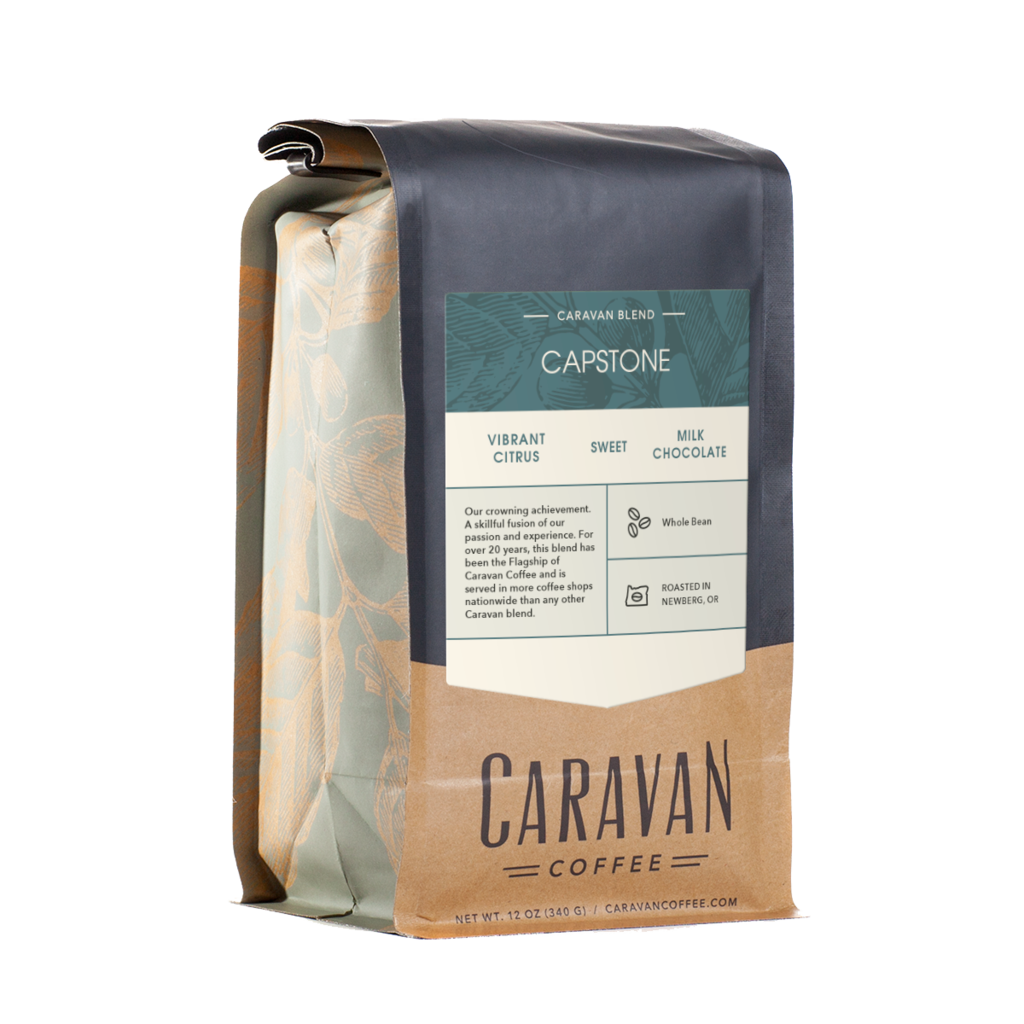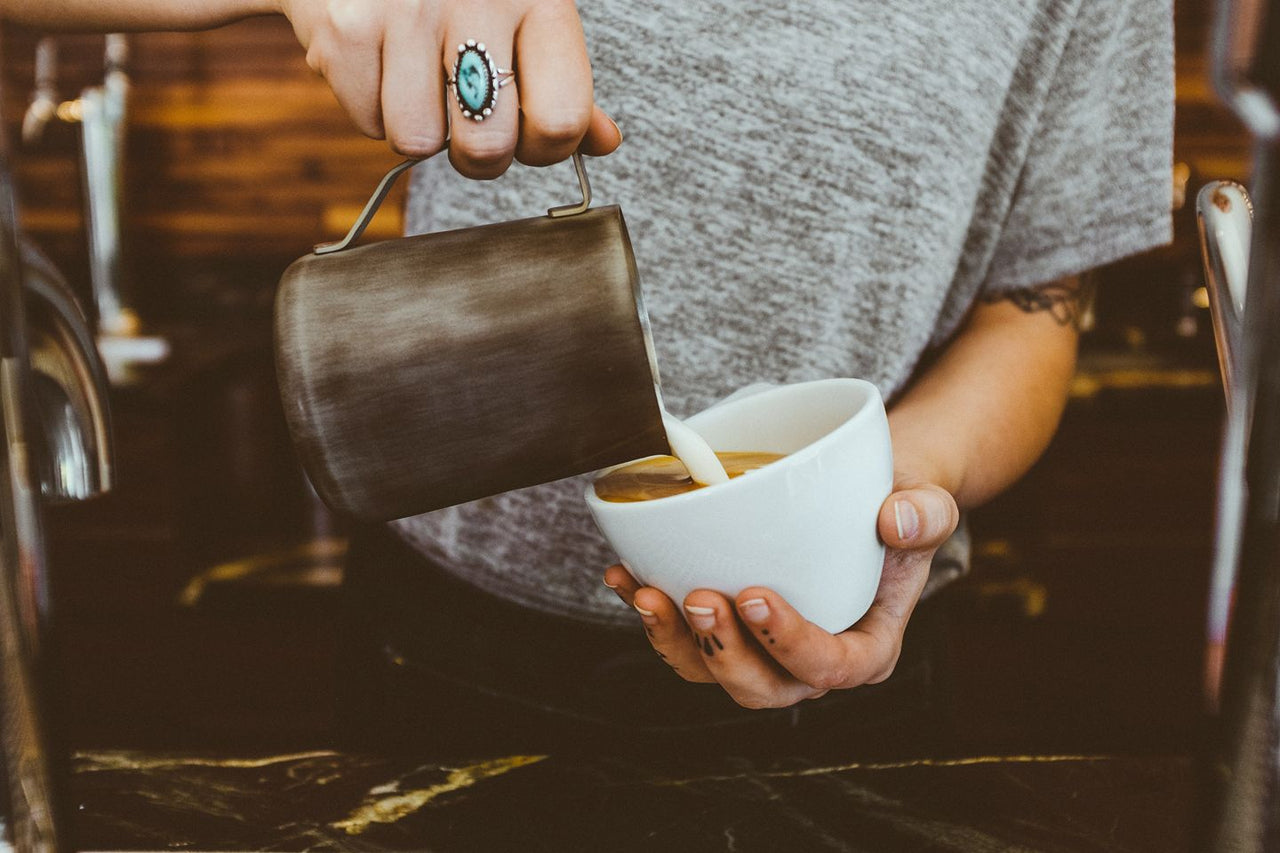101, artisan, Caravan, Coffee, coffee cupping, Cupping, Education, espresso
Sensory Calibration - Part 2, what are all these "tasting notes" anyways?
July 29, 2020 | Adam Carpenter
101, artisan, Caravan, Coffee, coffee cupping, Cupping, Education, espresso
July 29, 2020 | Adam Carpenter

In my last sensory calibration post, I asked if you have ever noticed the three flavor words on our coffee bags? Capstone for instance, “Vibrant Citrus, Milk Chocolate, and Sweet”. I would like to dive deeper and take just one of those words and explore how it comes about, well two actually. The descriptive words, "Vibrant Citrus"
For me, it started early in life at the breakfast table. A grapefruit was cut in half the night before, each segment cut around and then sugar applied for the night. In the morning, a sweet/sour citrus bomb to start the day, well middle school anyway, and the memory was stored. A little science here. Incoming smells are first processed by the olfactory bulb, which starts inside the nose and runs along the bottom of the brain. The olfactory bulb has direct connections to two brain areas that are strongly implicated in emotion and memory: the amygdala and hippocampus. Therefore smell, emotion, and memory are all closely related. Our memory is so good that I could even describe the formica table I was sitting at in detail when tasting this citrus bomb.
He's the thing, my personal citrus definition was embedded into my memory from an early age. When I go to the grocer today and buy a grapefruit, then grate off the peel, 0.25 grams to be precise, and place this in a covered snifter glass- my first thought is: formica table, and the citrus memory from Wanganui, New Zealand 50 years earlier. My goal as a sensory expert is to align this memory with the present Specialty Coffee Sensory Lexicon definition of Citrus, "A citric, sour, astringent, slightly sweet, peely, and somewhat floral aromatic that may include lemons, limes, grapefruits, or oranges". The practical preparation looks like this:
